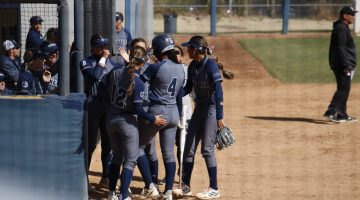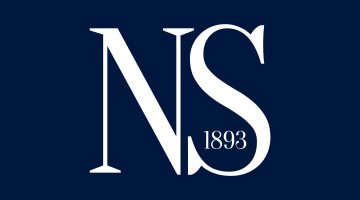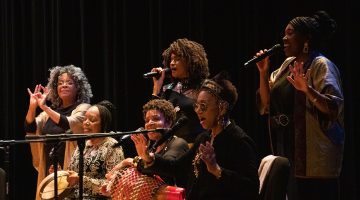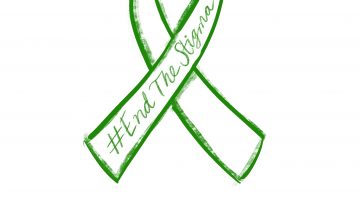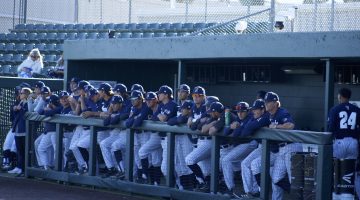In the heart of the Jot Travis building on campus, specifically in the Student Galleries South, sits the work of seven students of the arts.
These students contributed to the master of fine arts review exhibit for the 2016 entry to the show. The Student Galleries South is an odd gallery, set up as a corridor and sectioned off into multiple rooms; the gallery does not necessarily lend itself to anything other than a group exhibit due to the setup.
This year’s exhibit displayed some interesting works by students who have reached the highest level of formal education in the field of art that UNR can offer. Although there are seven different entries, only a few will be found here; the best or most involved entries are to be reviewed.

Blake Nelson/Nevada Sagebrush
Cullen Wegman’s series sits at the Student Galleries South on Monday, Nov. 14. The series is part of the MFA review exhibit which is being shown at this time.
Mark Combs: Presenting precarious fragility
The first set of work the viewer is presented within the gallery is Mark Combs’ three-piece entry, which was greatly influenced by his time spent as a soldier. The pieces are all made of wood, brass bullet casings and parachute cord, which is common in both military and civilian life.
The work explores the tension put on the individual in high-stress situations.
The soldier is represented as flexible wood and is put in a constant state of tension, as seen in “Disenchanted.” The piece displays a piece of wood stretched backward, held in the position by the nylon parachute cord, a comment on the tension the military puts on soldiers in training and eventually the days spent on the battlefield. The piece of wood holds all the tension statically, always on the verge of breaking.
The piece “Battle Buddies,” as the name suggests, represents the bonds held between people who have fought alongside each other. The two pieces of wood, although under tension, seem to rest back to back, both holding each other up and together.
The last piece in the series, “Day Four,” shows what happens when the tension is too much for one to handle. A simple piece of wood is tacked on the wall, broken and with the inner fibers showing.
The series is highly personal and yet overarchingly general in its representation of stress and the interplay between tension and suspense experienced by those under heavy pressure.
If Combs can continue to produce introspective art that explores multiple avenues and perspectives, then there is no reason his work shouldn’t flourish in a culture that respects interdimensionality in art.

Blake Nelson/Nevada Sagebrush
Mark Combs art piece “Battle Buddies” sits on Monday, Nov. 10. The piece is part of the MFA review exhibit.
Cullen Wegman: Representations of the state
Tucked into one of the compartments in the Student Galleries South is Cullen Wegman’s triptych sculpture series. The three pieces each represent a branch of the United States government. As the statement tacked on the wall states, the work is a criticism of the “Holy Trinity” of government, a criticism of a lack of secularism in government — a lack of separation of church and state.
The pieces are created from unfired clay and what appears to be weathered wood, a nod to the Western motifs that proliferated the U.S. during the last half of the century in media.
“Il Giudice (The Judge)” presents the judiciary branch as a vintage bathtub with clay soaking in the standing water in the basin. A Confederate flag stands behind the tub, suggesting the archaic prejudices of the people who could hold a position for a lifetime.
The Legislature is handled similarly; two unfired clay monoliths are hidden by an ouroboros represented on wood slats. In “Il Legislatare (The Legislature)” the image of the figures behind the slats suggests the corrupt dealings of politicians behind closed doors. The ouroboros in this context suggests incestual cycles of limitless terms rather than the common definition of positive infinity and rebirth.
The crowning achievement of the series is “L’esecutivo (The Executive).” The pieces stand at the center of the series, a single figure in unfired clay. Rather than the masculine strength expected of the president, the figure looks garish and flaccid in this clay representation, an interesting criticism on what the presidency stands for in Wegman’s conception of the U.S. government.
Although the series has its high points, the artistic statement sometimes draws tenuous conclusions on the topic of government. Beyond that, the entry is fairly strong and bitterly political. Who knows what the current state of politics will bring out of Wegman.

Blake Nelson/Nevada Sagebrush
Konah Zebert’s pieces “Obsession” and “Sunset in the West” hang in the Student Galleries South on Monday, Nov. 10. Zebert’s art is part of the MFA review exhibit.
Konah Zebert: Nevada’s arms
In the back room of the gallery hangs inkjet prints of Konah Zebert’s photography. The shots are all studio scenes of collected materials from the Nevada desert. All of the pieces are related to guns in some way, whether a former target or shell casing. Zebert’s photography explores what the fascination with guns looks like in the Nevada desert.
Indicative pieces of the landscape are collected and assembled into visually distinctive vignettes. All of them are the aftermath or the consequences of Nevada’s and the rest of the Nation’s fascination with guns.
“Obsessed” pictures an array of shotgun shells, arranged in rows, replicating military standing formations. All of the rounds have been fired except one; either being a misfire or simply being a discarded round is almost irrelevant to the aesthetic value evoked from the break in the order of the photo.
The most strikingly singular shot is that of “Sunset in the West,” a simply composed shot of a mannequin against a red light. The mannequin was used as a target, containing all the markings of one. The piece is a commentary not only on gun culture but also on the misogyny seen in America usually associated with masculine culture. It is a destroyed image of a standard woman in the desert by the violent action of a gun.
The rest of the series seems to hold abstract meanings that appeal more to the aesthetic rather than patently speaking to any social issues. Altogether, the series works as a practice of form and function, achieving appealing compositionsand pertinent commentary on the culture we live in.


